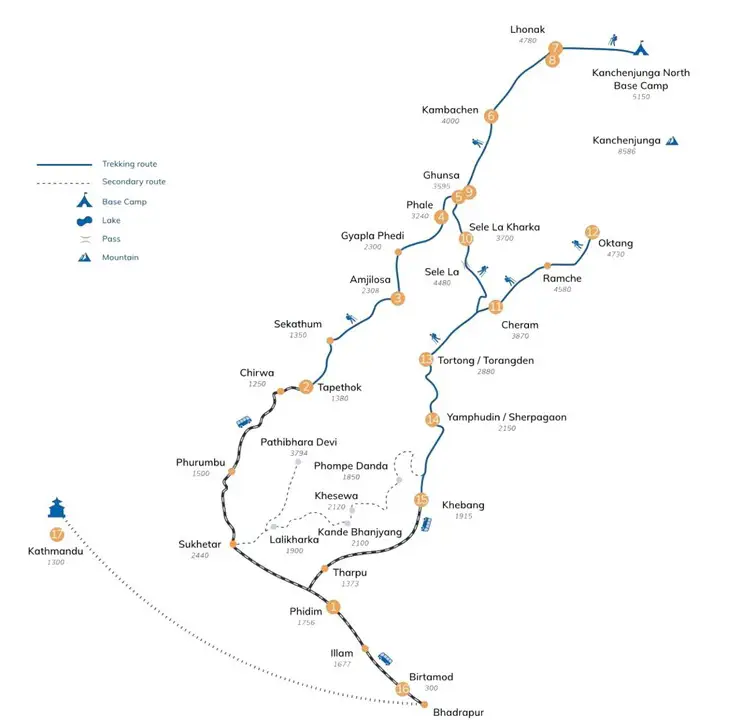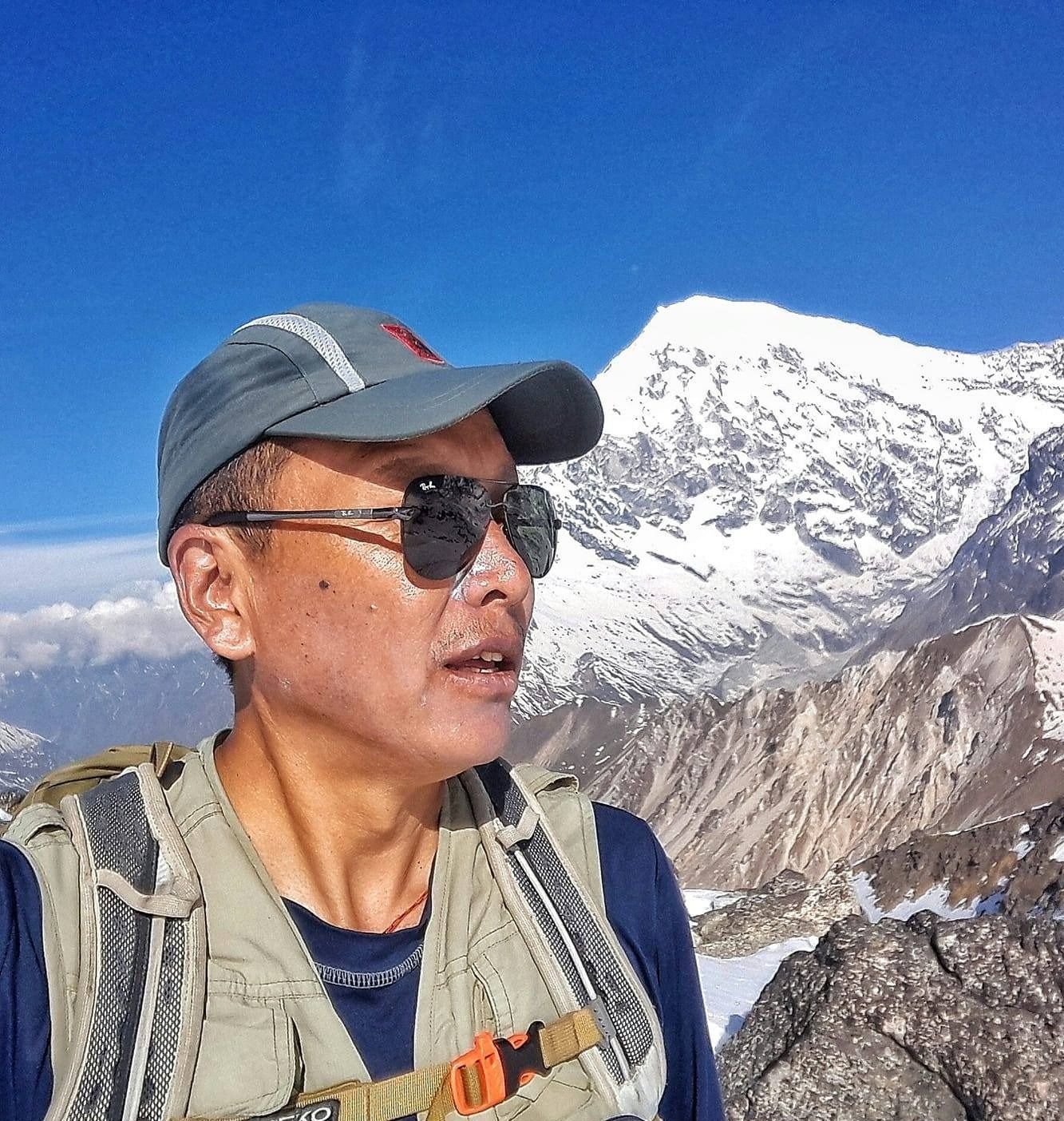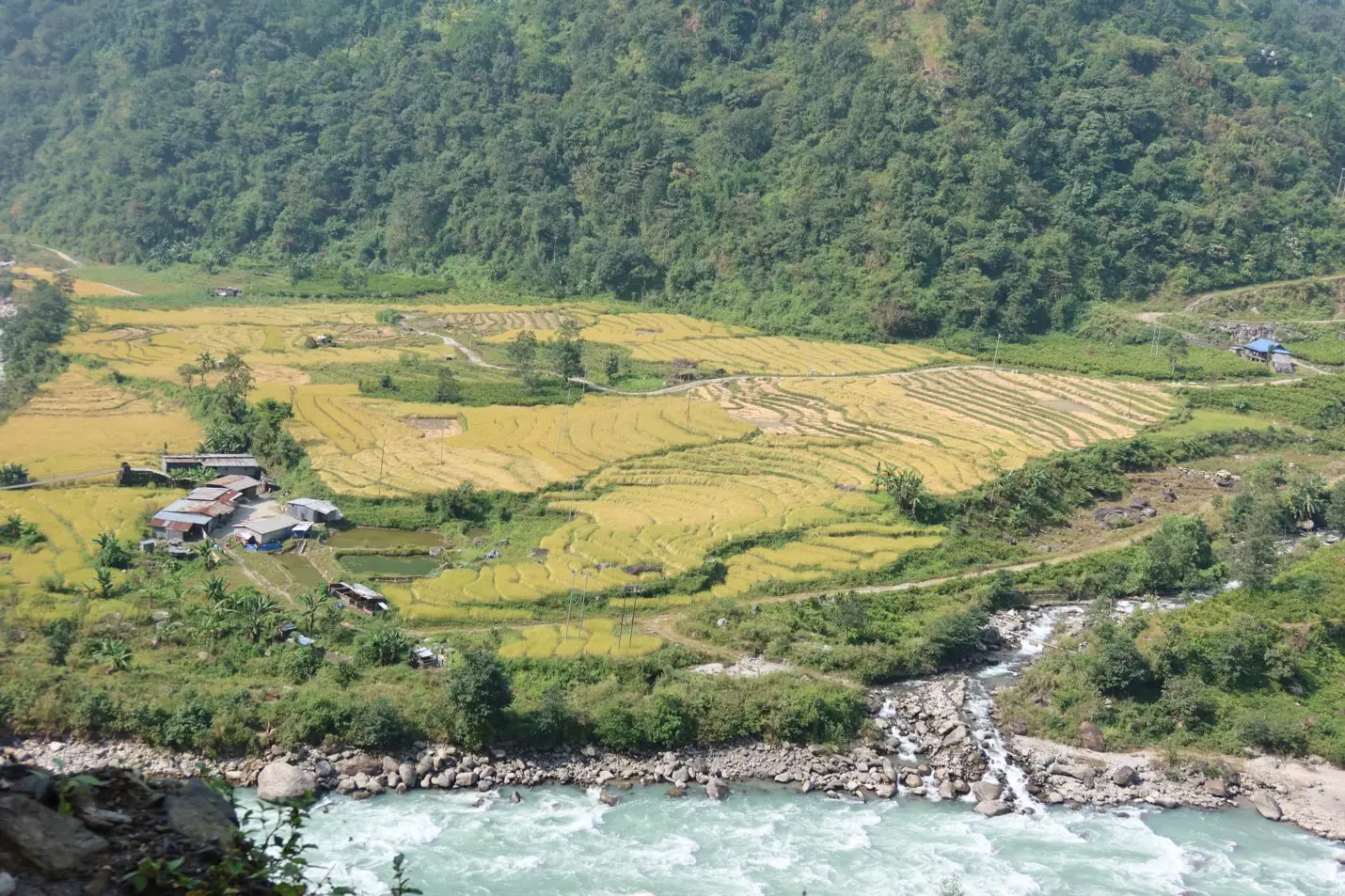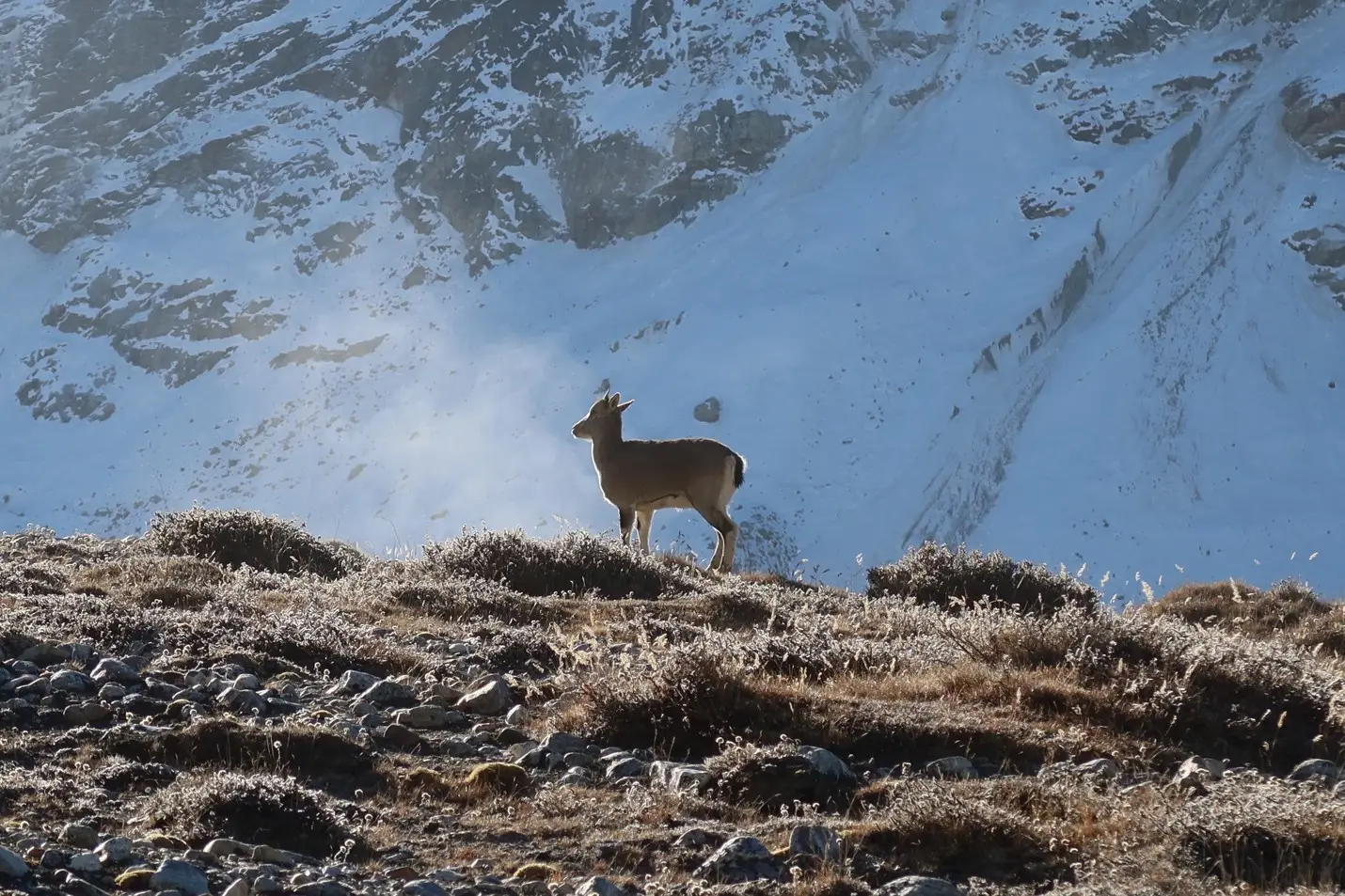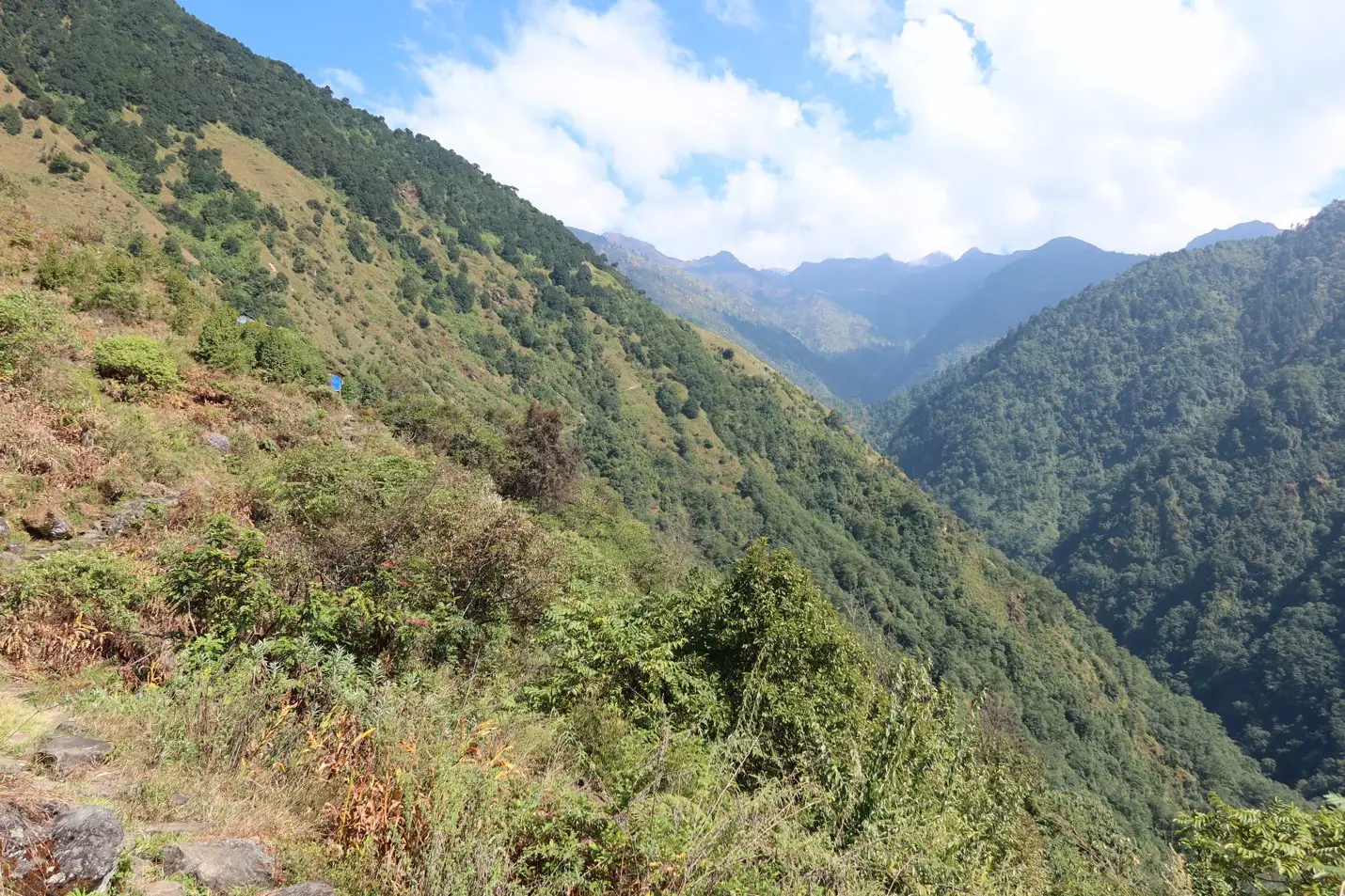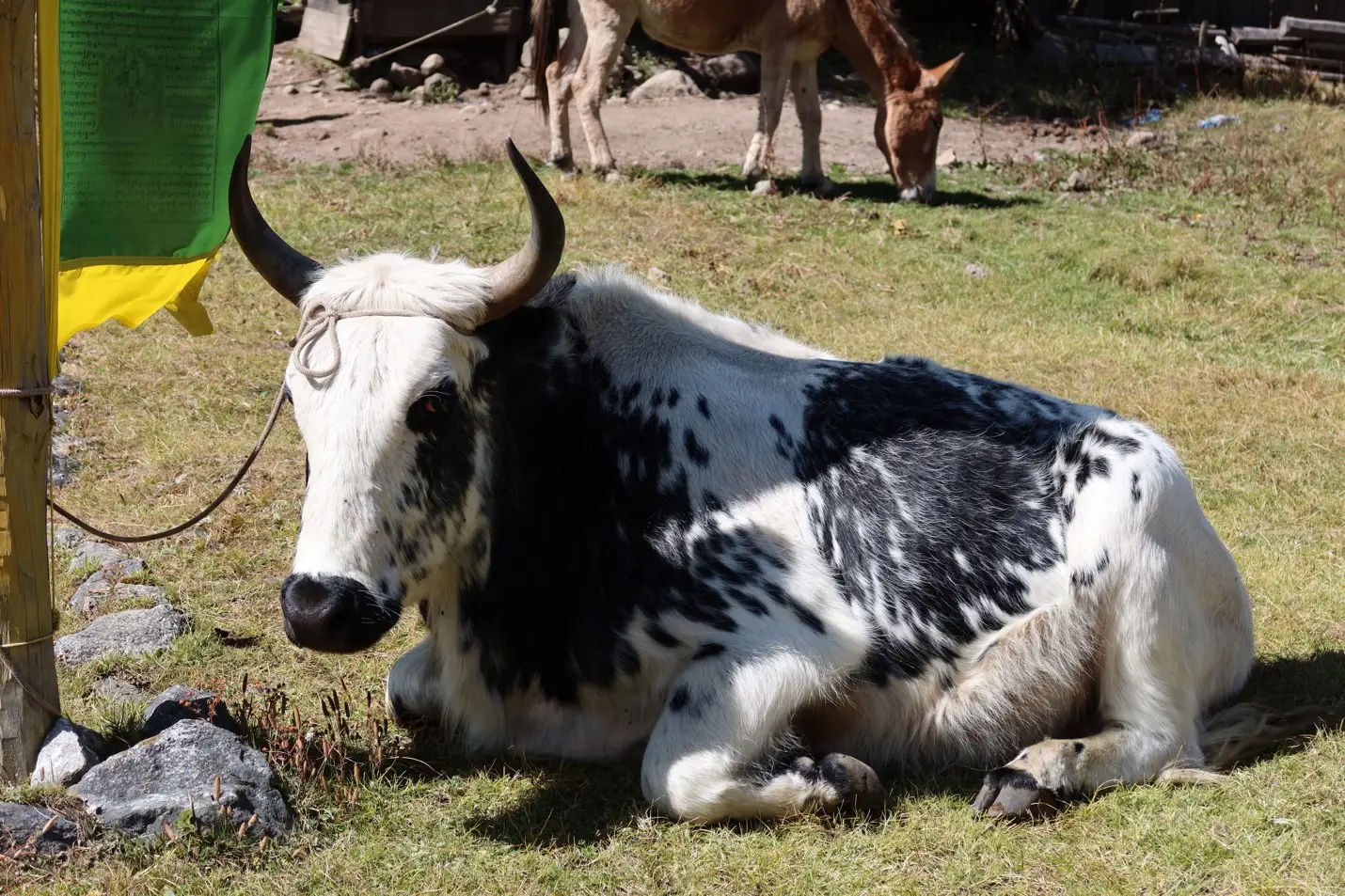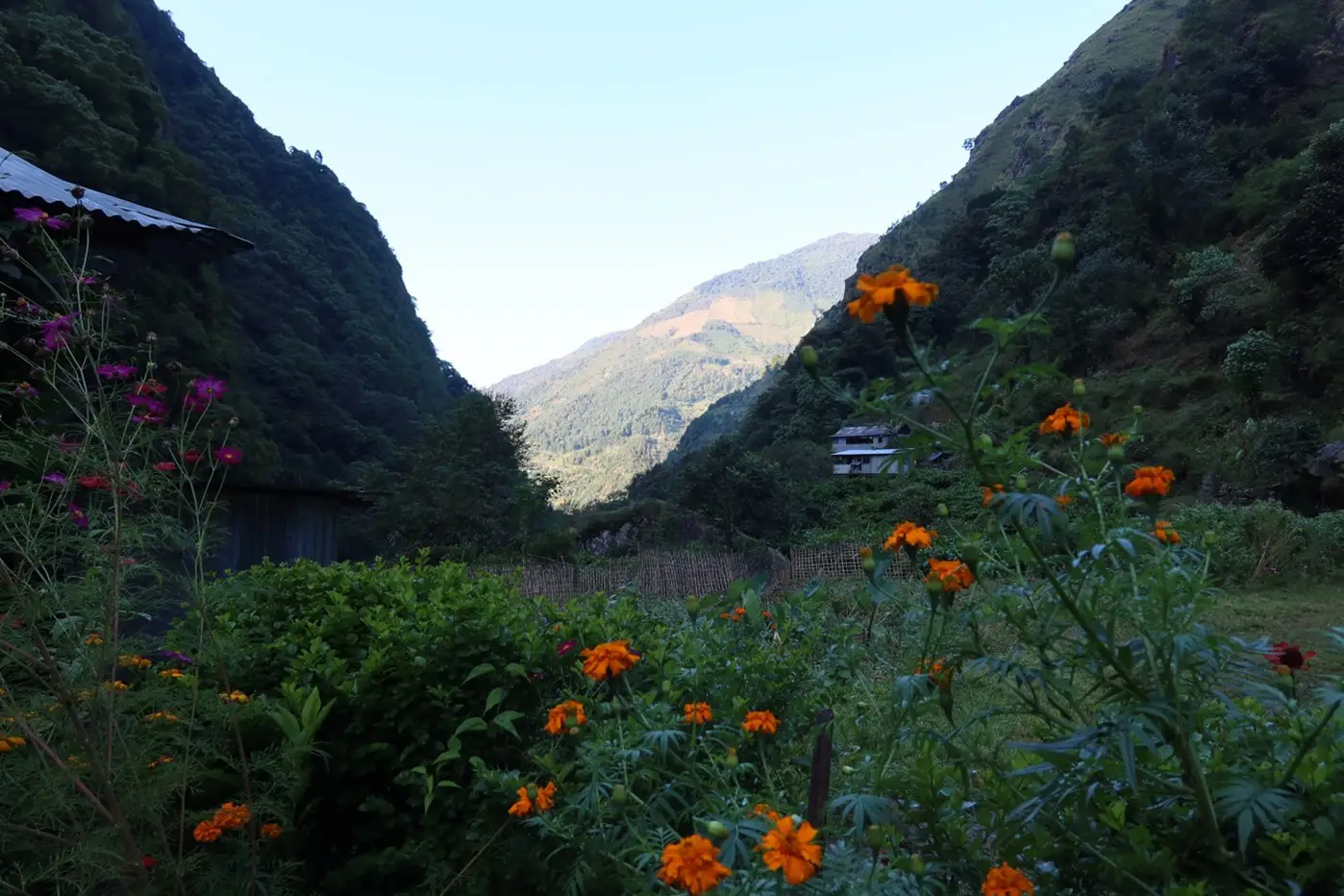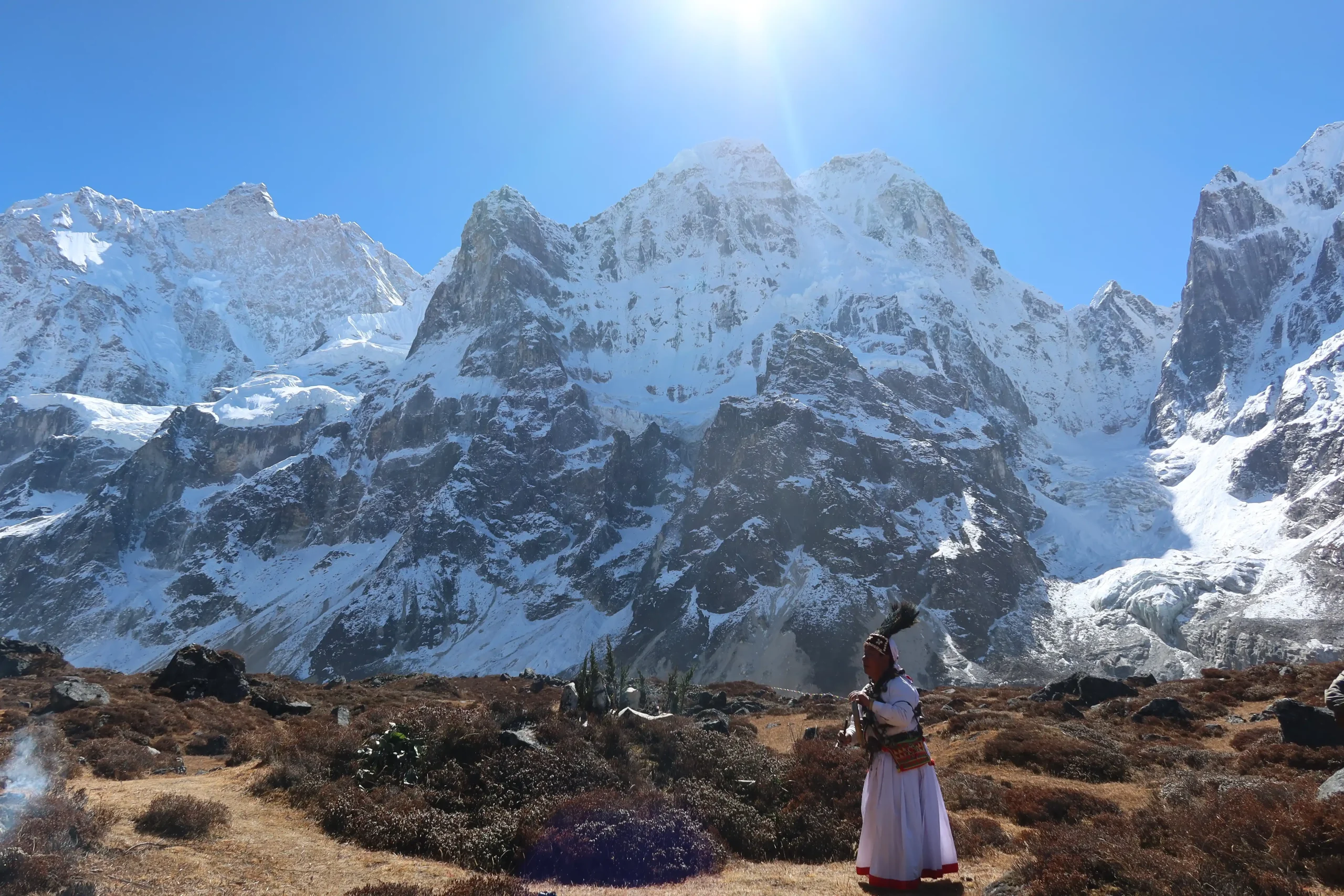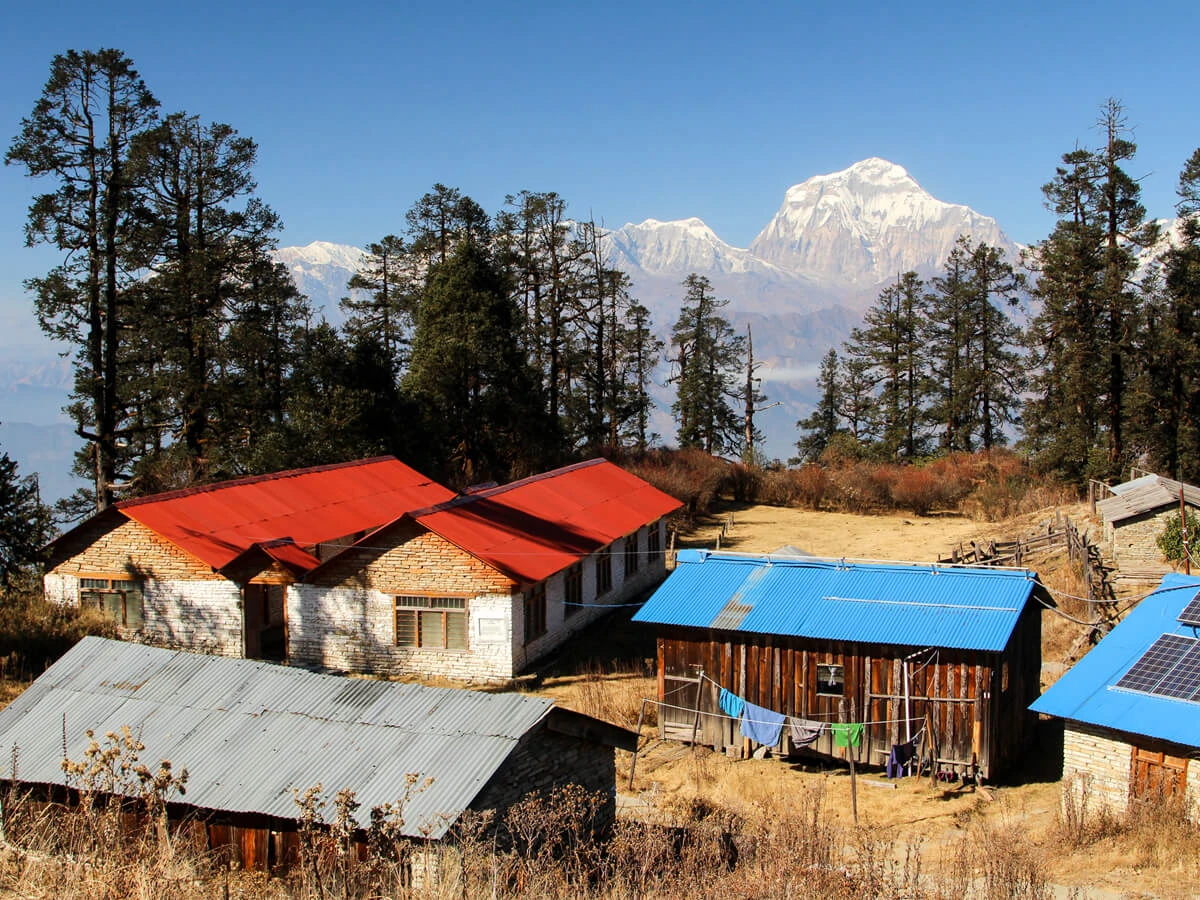Nature and adventure
80%Relax
5%Monuments and history
5%City and cultures
10%Trip Overview
The Kangchenjunga Circuit Trek is an adventurous, remote, and challenging trek in eastern Nepal, circling Mount Kangchenjunga, the third-highest mountain in the world at 8,586 meters. Known for its pristine landscapes, diverse flora and fauna, and rich cultural heritage, it’s ideal for trekkers seeking a less-traveled route with unspoiled Himalayan beauty.
Kangchenjunga Restricted Area Permit and Kangchenjunga Conservation Area Permit are required, and trekking must be done with a registered guide or trekking agency.
The Kangchenjunga Circuit offers a secluded and raw Himalayan experience, making it an unforgettable journey for trekking enthusiasts looking to explore off-the-beaten-path trails in Nepal.
Price starts from
2,860
chf
per person
Book your spot !SGL rooms extra charge
CHF 350
Apply for travelers requesting private accommodation. This supplement covers the cost difference for a private room instead of shared lodging.
Trip facts
21 Nights 22 Days
5,160 m at Pang Pema
Strenuous
Taplejung
The trek generally starts from Taplejung, reached by a flight to Bhadrapur or Suketar, and includes visits to both North and South Base Camps of Kangchenjunga.
Popular Route: Taplejung – Sekathum – Ghunsa – Kangchenjunga North Base Camp (Pang Pema) – Sele La Pass – Cheram – Kangchenjunga South Base Camp (Ramche) – Yalung Glacier – Suketar/Taplejung.• Difficulty: Strenuous. Requires good fitness, previous high-altitude trekking experience is recommended.
• Elevation: Up to 5,160 meters at Pang Pema (North Base Camp) and around 4,600 meters at Ramche (South Base Camp).
• Terrain: Varied, with steep ascents and descents, river crossings, glacial moraines, and high mountain passes.
We will discover delicious Nepali vegetarian food, especially with local families and available in the trekking lodges; Asian (Chinese and Indian) and Continental (European) cuisines when we are in town i.e : ( Kathmandu).
Min : 4 pax and Max 8 Pax
Layered clothing (base layers, fleece, down jacket, waterproof shell), sturdy trekking boots, gloves, hat, sunglasses, backpack, trekking poles, sleeping bag, water bottles, and a basic first aid kit.Also please check our blogs for the further equipment that you need in this trek.
day by day itinerary
Arrival in Kathmandu
We have a layover before continuing on to Nepal. Our local partner will meet us at the Kathmandu airport and drive us to our guesthouse or hotel.
We spend the first few days away from Kathmandu’s bustling city core. We remain in Bodnath, a tranquil neighborhood that is home to many Tibetans and Buddhist Nepalis. It’s a serene location that’s ideal for starting our journey.
A short stroll to the spacious Boudhanath Stupa, where many Tibetans congregate, particularly in the afternoon, is possible if we get there early enough.
Spend the night in the 1,300-meter-high Kathmandu Valley.
About 30 min is the travel time. Easy walking
Sightseeing in the Kathmandu Valley
We begin our day slowly after the lengthy travel of the previous day. We go to the temple of Pashupatinath, the most significant Hindu sanctuary in Nepal. A large number of sadhus and pilgrims travel here. Like their idol, the Hindu deity Shiva, these ascetics heap their hair—some of it meters long—on their heads.
We will then have opportunity to explore one of the Kathmandu Valley’s historic royal cities. Of the three royal cities—Patan and Kathmandu are the other two—Bhaktapur is regarded as the most beautiful. A UNESCO World Heritage Site, the ancient temples with their intricate wood carvings transport us back in time via Bhaktapur’s winding lanes.
Overnight at the hotel in Kathmandu Valley (1300 meters).
city stroll on foot
Flight to Bhadrapur and drive to Phidim
A 45-minute flight takes us to Bhadrapur in eastern Nepal. This place is located at subtropical 90 meters above sea level near the border with India. We continue north into the Himalayas. Among other things, tea is grown in this region. Our destination today is Phidim, a small town at a good 1000 meters.
Overnight at the guesthouse in Phidim (1040 meters). (B,L,D)
Different stages of the Trip
Today, we go along the Tamur Khola (Khola meaning river), which passes through rice and millet farms and a verdant, nearly subtropical terrain. We are going to Sukethum, a quaint village that is primarily home to Tibetans. On clear days, we may enjoy breath-taking views of the region’s most notable peak, Mount Jannu (7,710 meters).
Spend the night in a lodge in 1,600-meter Sukethum. (B,L,D)
Our walking adventure begins
Today we start our trekking. Through beautiful forests of pines, chestnuts and oaks, we climb higher and higher. The path is exciting, exposed in places and after almost 900 meters of ascent we reach the Tibetan village of Amjilosa.
Overnight in lodge in Amjilosa (2400 meters). (B,L,D)
Relaxed trekking day towards Gyabla
Today is not too long. We get closer and closer to the mountains and climb high through bamboo and rhododendron forests, past pastures and smaller and larger waterfalls. Our destination today is Gyabla. This place is inhabited by Sherpas and is also called Chapla or Kyapra, depending on the dialect.
Overnight in lodge in Gyabla (2750 meters). (B,L,D)
Stupas and fluttering prayer flags
The area feels more Tibetan as we get higher. The frequency of chortens and vibrant prayer flags flying in the breeze has increased. People in Phole (3,200 m) raise yaks and grow potatoes. There is a small monastery in the village that is thought to have Tibetan thangkas and ancient statues. We arrive in Ghunsa, one of the biggest settlements in the region, during the afternoon. Although it is called a “winter village,” many of the homes are occupied all year round. The spiritual ambiance is further enhanced by prayer flags waving from the rooftops.
Overnight in lodge in Ghunsa (3500 meters). (B,L,D)
Acclimatization day in Ghunsa
We are currently approximately 3500 meters above sea level. Therefore, we utilize today to acclimate to the “thin air.” We have the chance to have a full washing day and spend some time in this village. You can also ascend in the direction of Lapsang La if you’d want to cross the 4000-meter mark for the first time.
Overnight in lodge in Ghunsa (3500 meters). (B,L,D)
High in the mountains at 4,000 meters
We trek softly uphill to Rambuk Kharka (3,720 m) after a relaxing day. The scenery grows more desolate as we ascend higher. When the sky is clear, we can see Jannu (7,710 m) and Kabru (7,340 m). We reach Khambachen after a last effort over a precipitous cliff, where we stay the night in a basic lodge.
Overnight in lodge in Khambachen (4100 meters). (B,L,D)
Rest day in Khambachen
After a significant ascent yesterday and with more altitude gain ahead, it’s wise to take another day to rest and acclimatize. The elevation here should not be taken lightly. Khambachen offers stunning views of several 6,000-meter peaks right from the village. For those feeling energetic, a short hike up the northern ridge rewards with even broader mountain vistas. With some luck, we may spot blue sheep grazing on the nearby slopes
Overnight in lodge in Khambachen (4100 meters). (B,L,D)
A first view of Kangchenjunga
We climb to the pastures of Ramtang, from where we have a view of the 8586-meter-high Kangchenjunga for the first time. This difficult to pronounce name translates to “the five treasure chambers of the great snow
Overnight in lodge in Lhonak (4800 meters). (B,L,D)
KBC and then Back to Lhonak
The area now becomes high alpine and we walk over glaciers and moraines to Pangpema. This place is the base camp for climbers of Kangchenjunga. The mountain panorama is simply magnificent with several 7000m peaks and the Kantsch as the highlight. Some snow leopards are said to live in this area, but the chance of a sighting is very small. Since there is currently no reasonable overnight accommodation in the base camp, we have our tent equipment with us especially for this and the night in the southern base camp.
Later Then we descend to the base camp and a little further to the lower Lhonak.
Overnight in lodge in Lhonak (4800 meters). (B,L,D)
Hike to Ghunsa
We walk back to Ghunsa on the already familiar path. After a strenuous day, we will certainly sleep wonderfully in the lower location of Ghunsa.
Overnight in lodge in Ghunsa (3500 meters). (B,L,D)
Ghunsa to Sele La Pass
Today, the majority of us climb up. We leave the well-known route and walk towards the Sele La pass. In the vicinity of Sele La we will set up our camp for today.
Overnight in a tent in Sele La (4100 meters). (B,M,D)
Over three passes
Well acclimatized, we want to cross three passes today. The first is the Sele La, then we cross the Mirgin La and last but not least the Sinelapche La. All passes are between 4500 and 4700 meters high. After an exciting day of trekking, we reach Tseram in the afternoon.
Overnight in lodge in Tseram (3800 meters). (B,L,D)
Easy day ahead
Today we have a leisurely and not too long stage ahead of us. So we will have time for an extended wash in the afternoon. We descend in the valley of the Simbuwa Khola to Tortong.
Overnight in lodge in Tortong (3000 meters). (B,L,D)
Into the green and lush vegetation
We begin with the climb to Lasiya Bhanjyang Pass (3,310 m), which is now an easy challenge. Then, a long descent leads us to Yamphudin, a beautiful village home to Sherpas, Rais, Limbus, and Gurungs. After days in the high alpine, the landscape becomes greener with lush vegetation. Depending on the season, blooming rhododendrons may cover entire slopes in red, pink, and white—an almost magical sight.
Overnight in lodge in Yamphudin (1900 meters). (B,L,D)
To Haku khola
Today’s stage takes us along the river Kabeli Khola, past small villages and over small hills to Phumphe Danda, where we will spend the night.
Overnight in lodge in Haku Khola . (B,L,D)
Drive to Ilam
An exciting ride takes us to Ilam today. For the almost 140 kilometers, we expect 6 – 7 hours of driving time in good conditions. The Ilam region is visited again and again by naturalists. There are many rare species of birds and little-known rodents and mammals; the little panda can also be found in the forests.
In Ilam we will stay in a very simple hotel, where we will look forward to a (hopefully) warm shower. Here we can certainly try the local Ilam tea or maybe we feel more like a cold beer.
Overnight at the hotel in Ilam (1500 meters). (B,L,D)
Back to Kathmandu
Today we fly back to Kathmandu. Here we enjoy the more comfortable accommodations after the last few weeks in tents or very simple inns or lodges. The rest of the day we have at leisure.
Note: The two days in Kathmandu are also reserve days in case there are delays during the trekking or flights to/from Bhadrapur. These flights only take place in good visibility.
Overnight at the hotel in Kathmandu Valley (1300 meters).
Monkey Temple
This morning we visit Swayambunath. Located on a hill northeast of the old town of Kathmandu, stands the temple complex of Swayambunath with the large stupa, which is surrounded by several temples and monasteries. We drive in the car to the foot of the hill. From here we have to walk up the 365 steps to the temple. The name “Monkey Temple” comes from the hundreds of monkeys that line the way up to the stupa and hope for food from visitors (or cunningly get hold of it). Once at the top, you have a wonderful view of Kathmandu. Swayambunath is one of the oldest sanctuaries in the valley with 2000 years. The rest of the day we have at leisure. We have time to do our last shopping in the very busy Thamel district, to enjoy a “real” coffee in one of the many restaurants or simply to watch the hustle and bustle in the market.
Tonight we go out for the final dinner. In an old palace we not only enjoy one of the best Dal Bhat of Nepal, but also admire the traditional Nepalese dances.
Note: Depending on the flight connection, we may depart this afternoon/evening. In this case, we enjoy a nice final dinner the evening before.
Overnight at the hotel in Kathmandu Valley (1300 meters). (B,L,D)
Departure Day
As per the flight schedule we will plan our itinerary.
best time to trek
Best time to visit
Good time to visit
Average time to visit
Accommodations
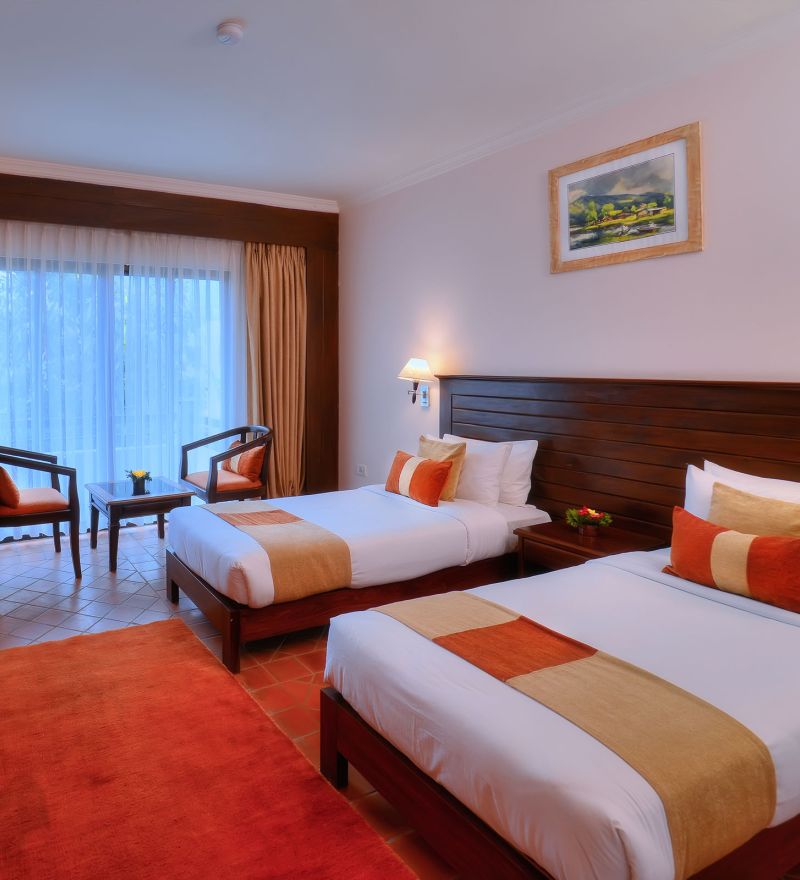
Hotel in City Area (Kathmandu/Pokhara/Chitwan)
The hotels in Kathmandu/Pokhara city areas are clean, well-maintained, and feature attached rooms with all the basic facilities. Guests can expect comfort, convenience, and a welcoming atmosphere, ensuring a...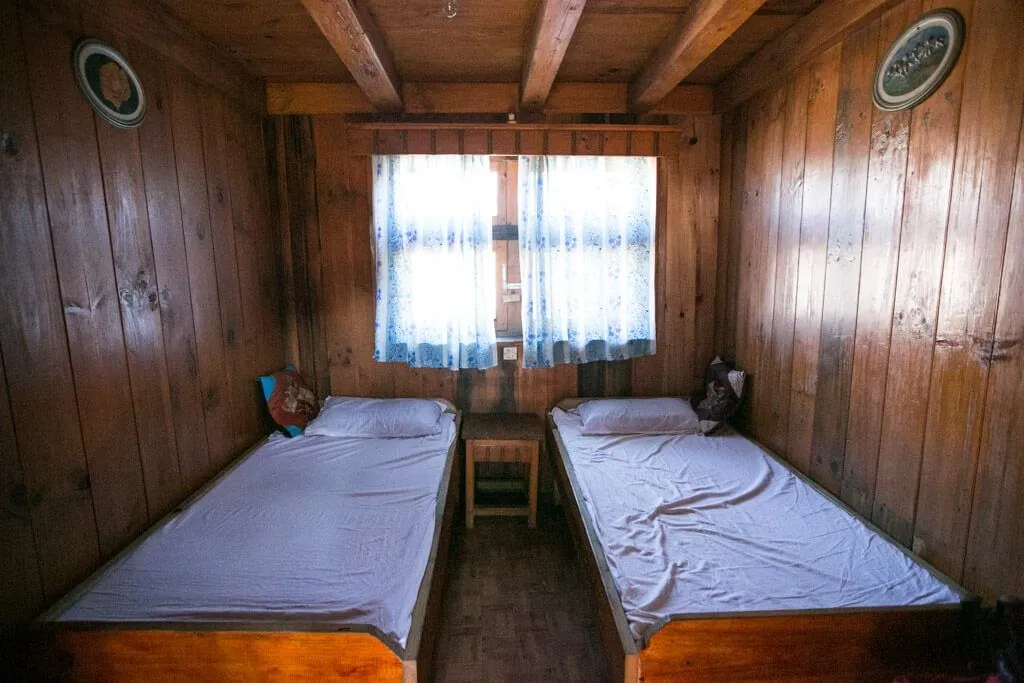
Tea Houses in the Trek
During the trek, tea houses offer basic yet cozy accommodation with twin-sharing rooms, simple bedding, and shared bathrooms. Meals are hearty, featuring Nepali and international dishes. Facilities vary with altitude—lower...Section for the importatant information like SGL rooms extra charge insurance that includes rescue evacuation.
Transportation facilities
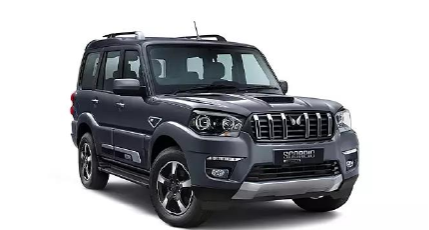
Scorpio for 4 pax
Scorpio or similar vehicle for 4 pax depending upon the roads.Talk with
Our Travel Expert
Have questions or need help planning your trip? Connect directly with our travel expert for personalized advice, itinerary suggestions, and up-to-date information to make your adventure smooth and stress-free.
Available
Dates and prices
| Start Date | End Date | Price | Seat | Status | View |
|---|---|---|---|---|---|
| Wed, 1st Apr, 2026 | Tue, 21st Apr, 2026 | 2'860 CHF | Seat Available | Join | See Trip |
similar trips
you may like
the adventure
begins here
Sign up to receive our exclusive samsara outdoor emails and stay up to date with Trekking’s promotions, discounts, trip and more!
Get regular inspiration straight to your inbox from Samsara’s experts.


